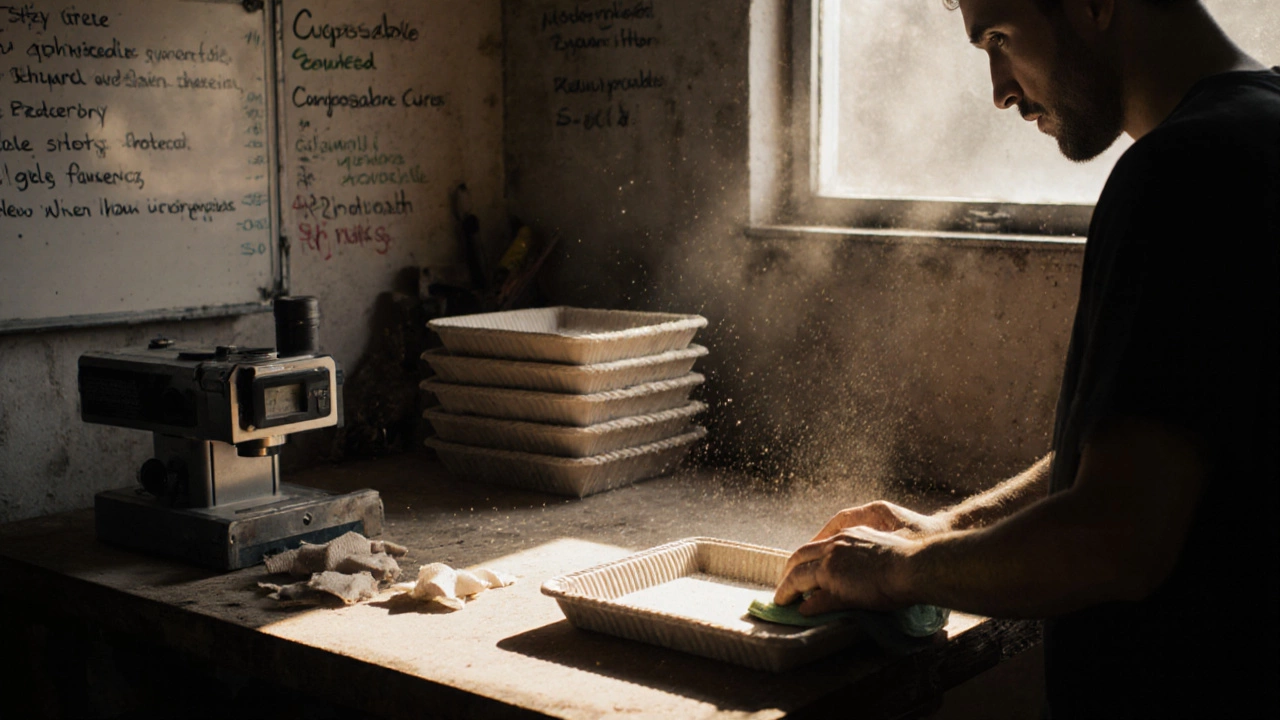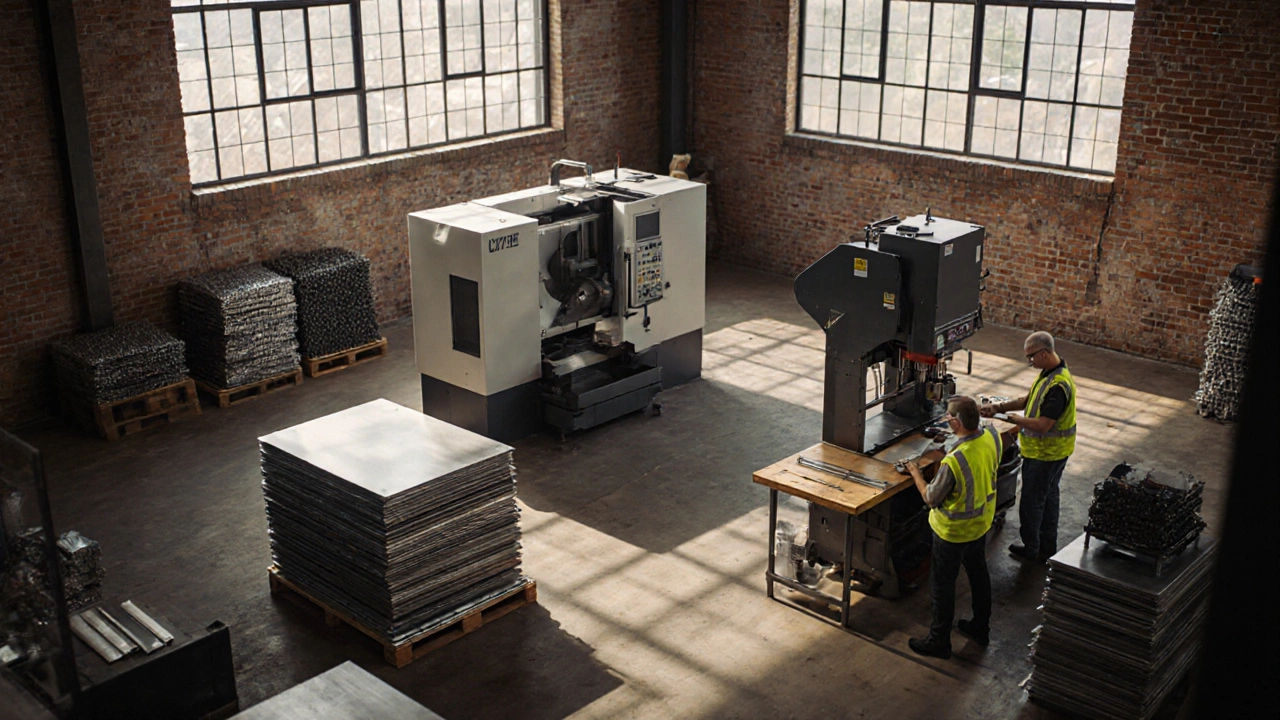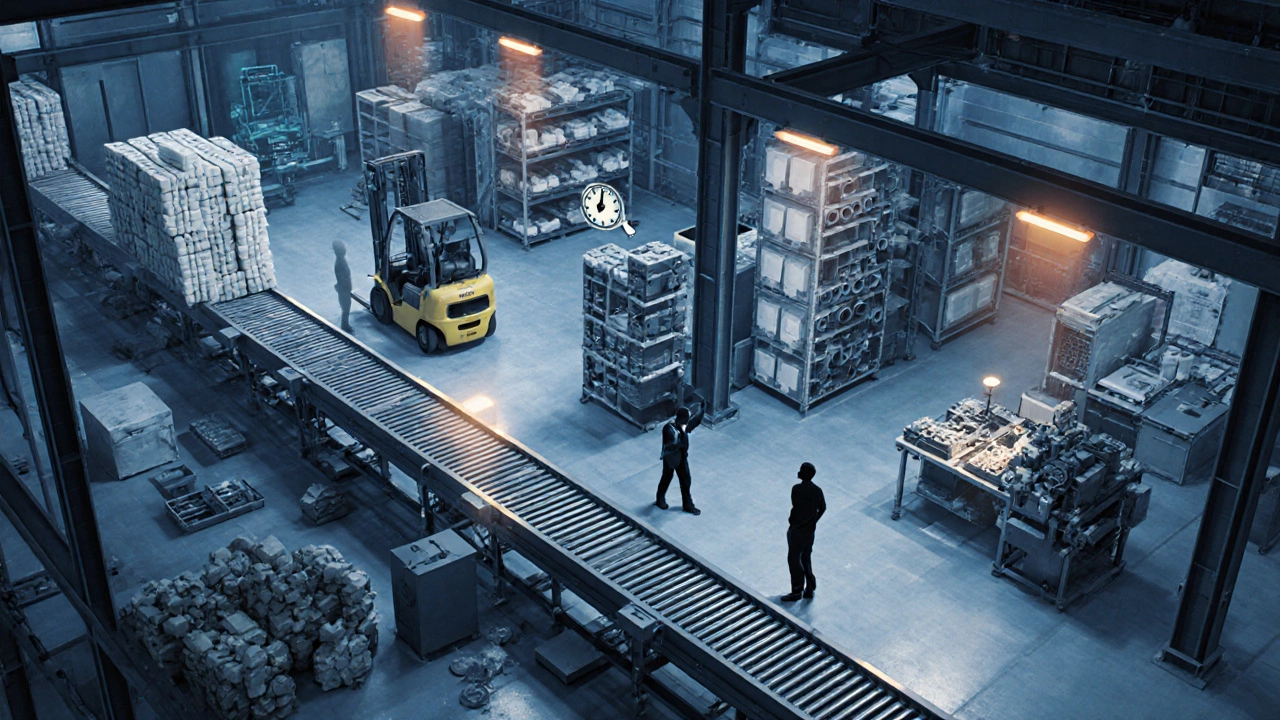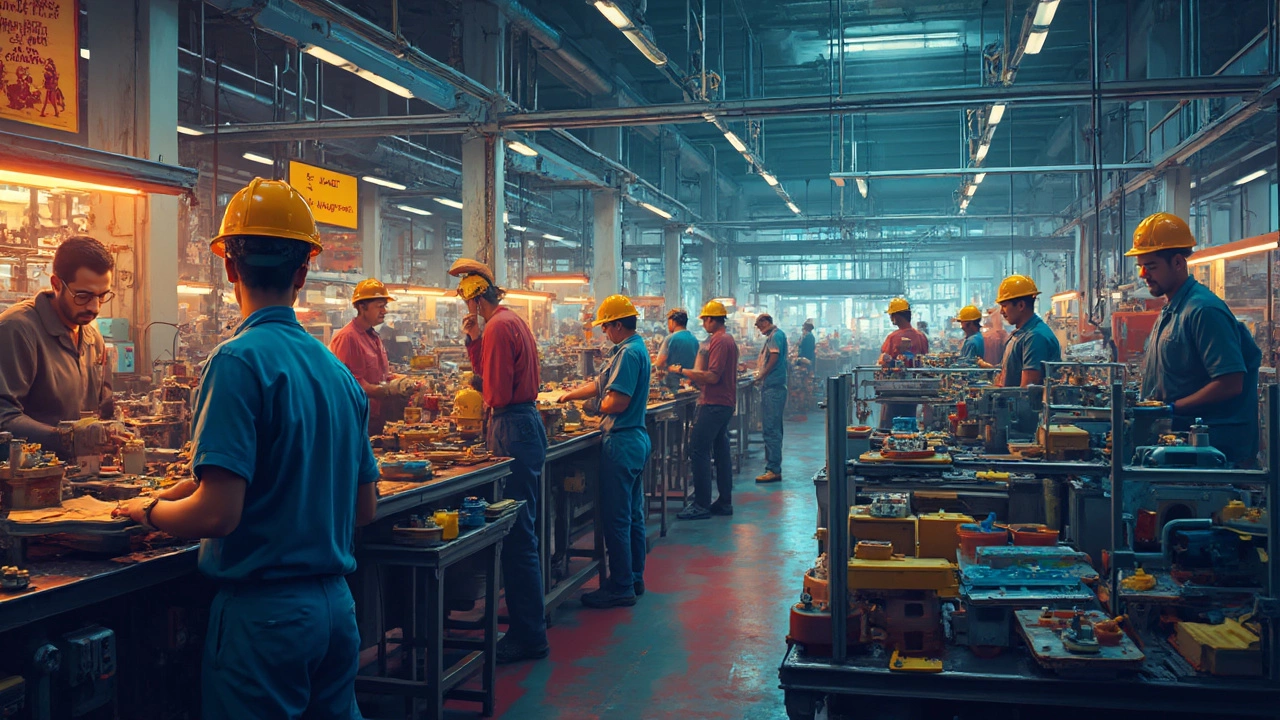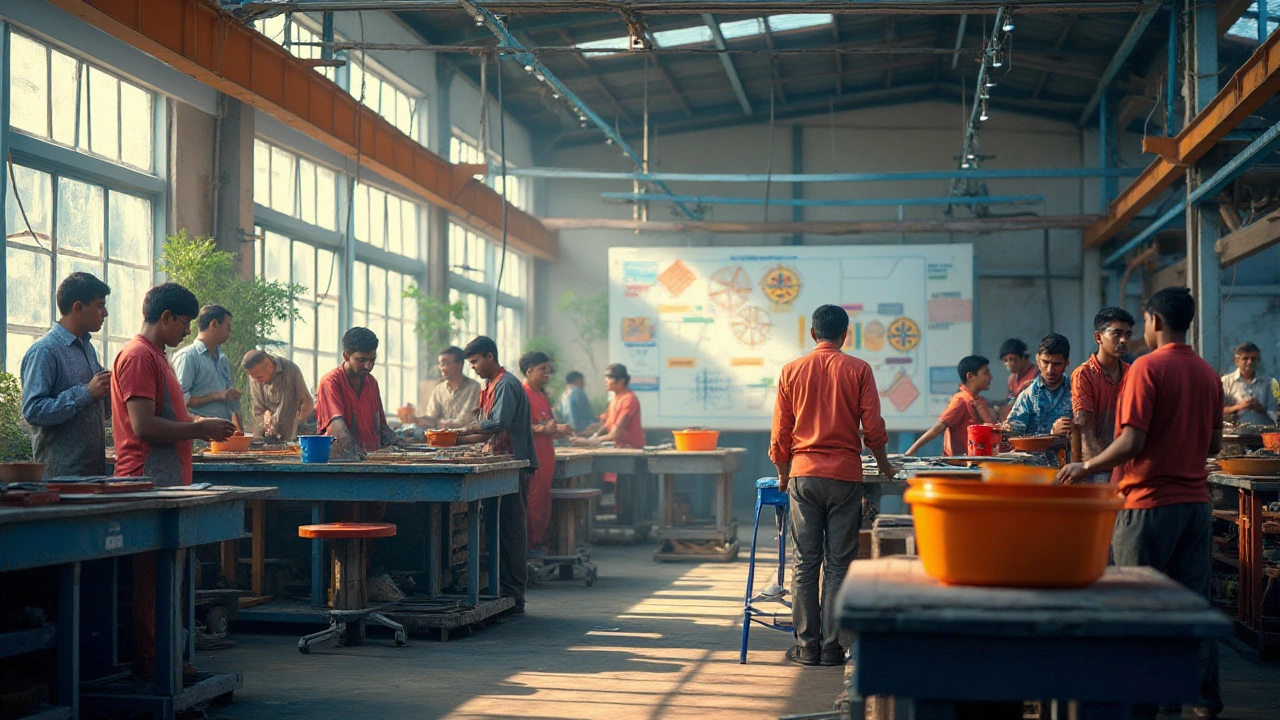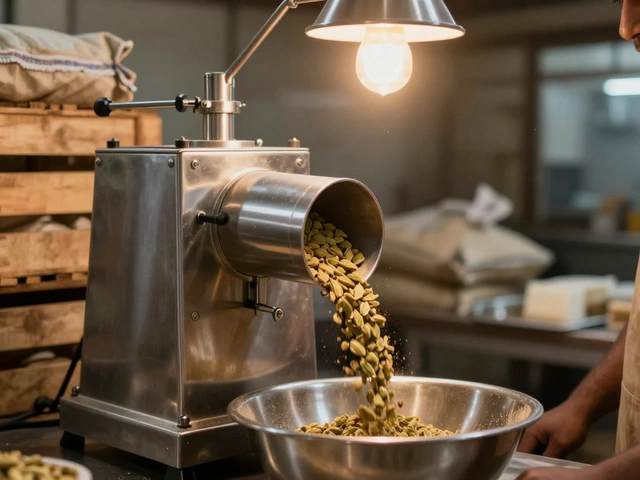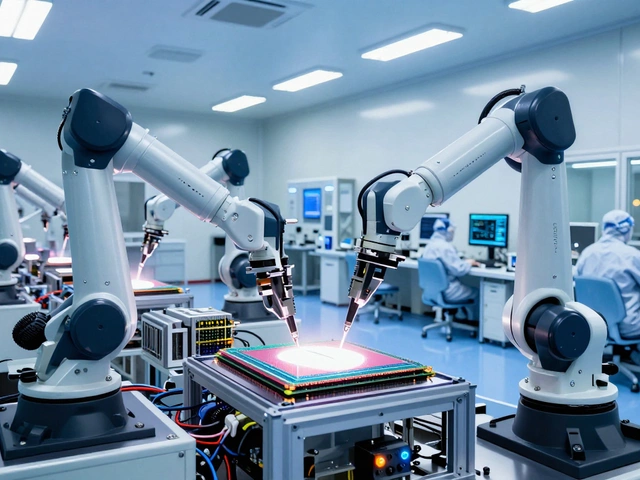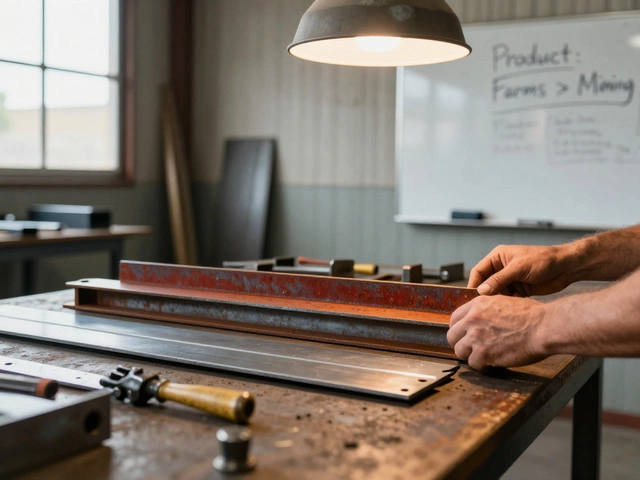Manufacturing Startup Ideas: What to Make, Where, and How to Profit
Thinking about launching a factory but not sure what to build or where? You’re not alone. Most newcomers get stuck on the product choice before they even look at costs. Below you’ll get clear steps to spot a winning product, pick a cheap production hub, and keep waste out of your profit line.
Identify High‑Demand Products
The fastest way to validate a startup idea is to chase what’s already selling like hotcakes. Look at the top‑selling categories on major e‑commerce sites, track which items have jumped in sales over the last six months, and map those spikes to real‑world needs. For 2025, smart home devices, eco‑friendly packaging, and health‑focused consumer goods dominate the charts. If you can source or manufacture a better version—say a low‑cost solar‑powered speaker or a biodegradable food container—you already have a market waiting.
Don’t just copy the bestseller; add a twist that solves a pain point. A coffee mug with a built‑in temperature sensor, for example, solves the “cold coffee” problem and can be priced higher because it offers genuine value. Use tools like Google Trends or Amazon’s “Movers & Shakers” list to catch the next wave before it saturates.
Choose the Right Production Hub
Once you know what to make, the next big decision is where to build it. China still offers massive scale, but rising labor costs and tighter export rules push many startups to look elsewhere. India and Vietnam have emerged as strong alternatives, delivering low wages, improving infrastructure, and government incentives for new factories.
If you’re eyeing the U.S. market, Mexico’s proximity is tempting, yet you’ll face unpredictable trade policies and rising labor expenses over time. Factor in shipping times, customs fees, and the reliability of local suppliers. A quick cost‑benefit table—listing labor, logistics, and compliance for each country—will reveal where you can keep unit costs under control without sacrificing quality.
Don’t forget the hidden costs of a “cheap” location: language barriers, quality control gaps, and longer lead times can eat into margins. Visiting a potential plant, even virtually, and setting up a small pilot run can expose these issues before you commit to large‑scale production.
Now that your site is chosen, tighten the process with lean principles. The seven wastes—over‑production, waiting, transport, excess inventory, motion, defects, and over‑processing—are the usual suspects that shave profit. Start by mapping your value stream, then eliminate steps that don’t add value. Simple changes like reorganizing the workstation to reduce motion or adjusting batch sizes to match demand can cut costs by 10‑15% instantly.
Lean isn’t just for big factories; a startup can adopt daily “kaizen” (continuous improvement) meetings to spot tiny inefficiencies. The goal is to keep the line flowing, inventory low, and quality high—exactly what makes investors confident in your bottom line.
Bottom line: a profitable manufacturing startup blends a product that people are already buying, a production base that balances cost with reliability, and a lean mindset that squeezes waste out of every step. Follow these three pillars, run a small pilot, and you’ll have a clear roadmap from idea to income.
How to Start a Manufacturing Business from Zero in 2025
Start a manufacturing business from zero with low cost, local suppliers, and government grants. Learn how to test ideas, find customers, and grow without big loans or fancy equipment.
Read MoreTop Trending Products Consumers Are Buying in 2025
Discover the product categories Australians are buying most in 2025, why they matter for manufacturers, and how startups can turn these trends into profitable ventures.
Read MoreHow Much Money to Start a Manufacturing Company? 2025 Cost Breakdown
Learn the real costs to start a manufacturing company in 2025, from equipment and premises to labor and compliance, plus funding tips and a sample budget checklist.
Read MoreTop‑selling Manufactured Item in 2025 - What’s #1?
Discover why the smartphone remains the top‑selling manufactured item in 2025, how its dominance shapes business ideas, and practical steps to enter the market.
Read MoreUncovering the Biggest Waste in Manufacturing and How Startups Can Eliminate It
Discover which waste hurts manufacturing startups the most, why overproduction leads the pack, and how to cut it with lean tools, audits, and real‑world examples.
Read MoreHighest Demand Product Ideas for Manufacturing Startups
Cracking the code on the most in-demand products can mean the difference between startup success and a wasted investment. This article uncovers what’s leading the charts in the manufacturing world right now. You’ll find direct examples, real market shifts, and some quick hacks for spotting future winners. Discover what’s hot, why people need it, and what that means for your business plans. If you want a solid starting point, here’s everything you need to know.
Read MoreWhat Do Humans Buy the Most in 2025?
Ever wondered what's constantly flying off the shelves in 2025? Dive into the world of consumer habits and discover what humans are buying most today. From tech gadgets to essential groceries, understanding these trends can spark fantastic ideas for your next manufacturing startup. The article breaks down buying patterns, offering insights and inspiration for entrepreneurs.
Read MoreDisadvantages of Manufacturing in Mexico: What You Need to Know
Manufacturing in Mexico seems alluring due to its cost efficiencies and proximity to the U.S., but it's not without its flaws. Entrepreneurs must navigate challenges like fluctuating trade policies, complex regulations, and variable infrastructure quality. Labor costs, although initially low, can increase over time, and the reliance on certain industries makes it a risk-laden venture. Understanding these drawbacks is crucial for business success.
Read MoreWhere's the Best Bargain for Manufacturing Your Products?
Finding the cheapest place to manufacture products is crucial for startups looking to cut costs while maintaining quality. This article explores various countries known for their cost-effective manufacturing environments, including China, India, and Vietnam. Learn about the strengths and challenges each region presents, industry-specific advantages, and creative strategies for optimizing your production process.
Read MoreWhich Startup Sector Faces the Most Failures? Unpacking Manufacturing's Challenges
The manufacturing industry often seduces entrepreneurs with its promise of innovative products and technological advancements. However, it also notoriously hosts one of the highest startup failure rates. Factors like high capital costs, complex supply chains, and regulatory hurdles often trip up new ventures. Understanding these challenges is essential before diving into this competitive field.
Read MoreExploring the Profitability of Manufacturing Ventures
The manufacturing industry has long been a cornerstone of economic development. This article delves into the profitability of starting a manufacturing business today, exploring potential avenues for innovation and growth. It highlights key considerations and strategies for aspiring entrepreneurs looking to tap into lucrative opportunities. Discover expert tips and real-world examples that can aid in navigating the complexities of this dynamic sector.
Read MoreUnderstanding the 7 Wastes in Lean Manufacturing for Startup Success
In manufacturing, waste reduction is key to success. This article explores the seven types of waste identified in lean manufacturing: overproduction, waiting, transport, excess inventory, motion, defects, and over-processing. By understanding these wastes, startups can improve efficiency, lower costs, and increase productivity. The article provides actionable insights and tips for entrepreneurs looking to optimize their manufacturing processes.
Read More